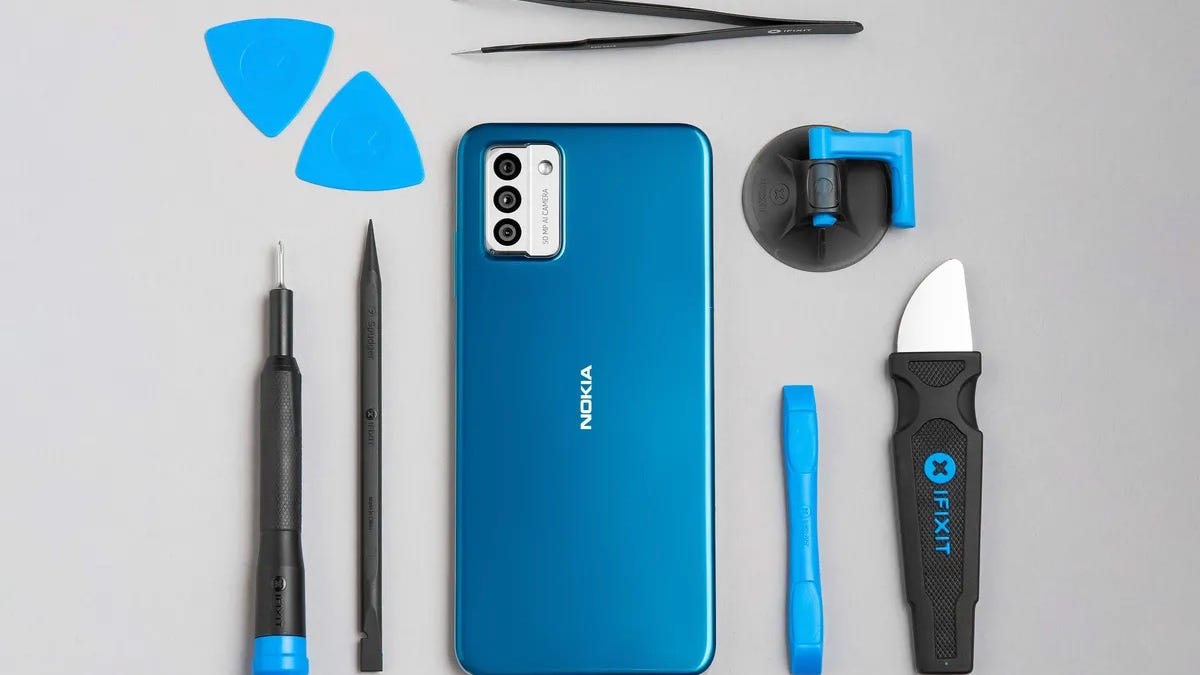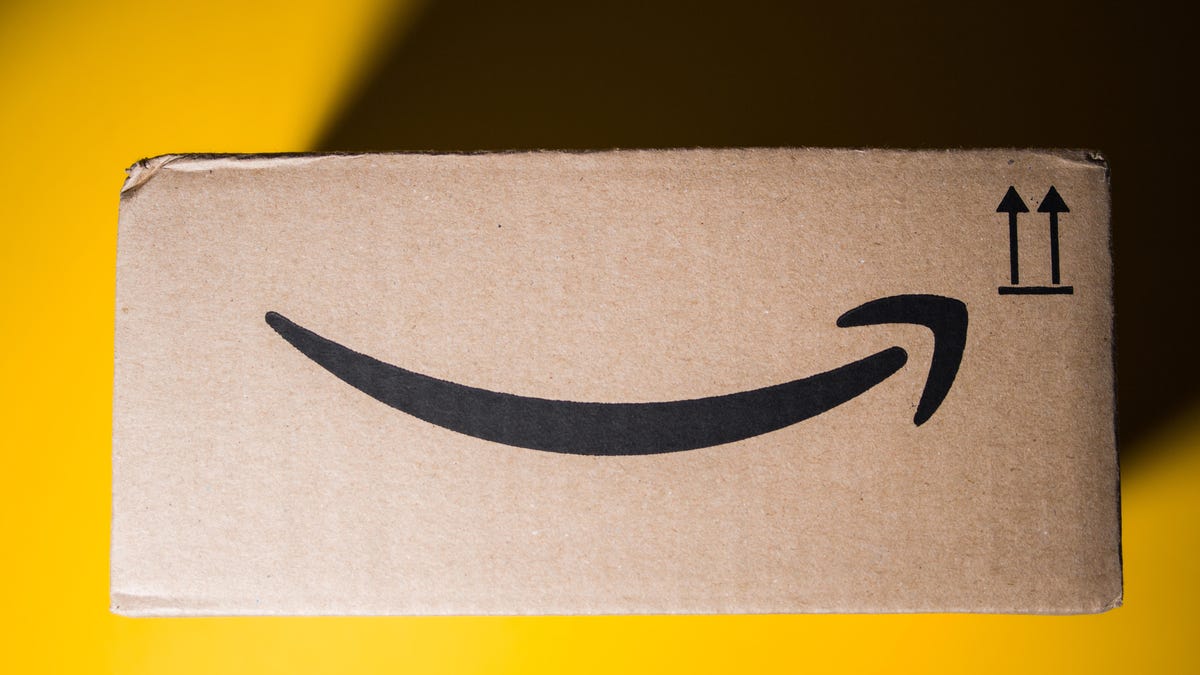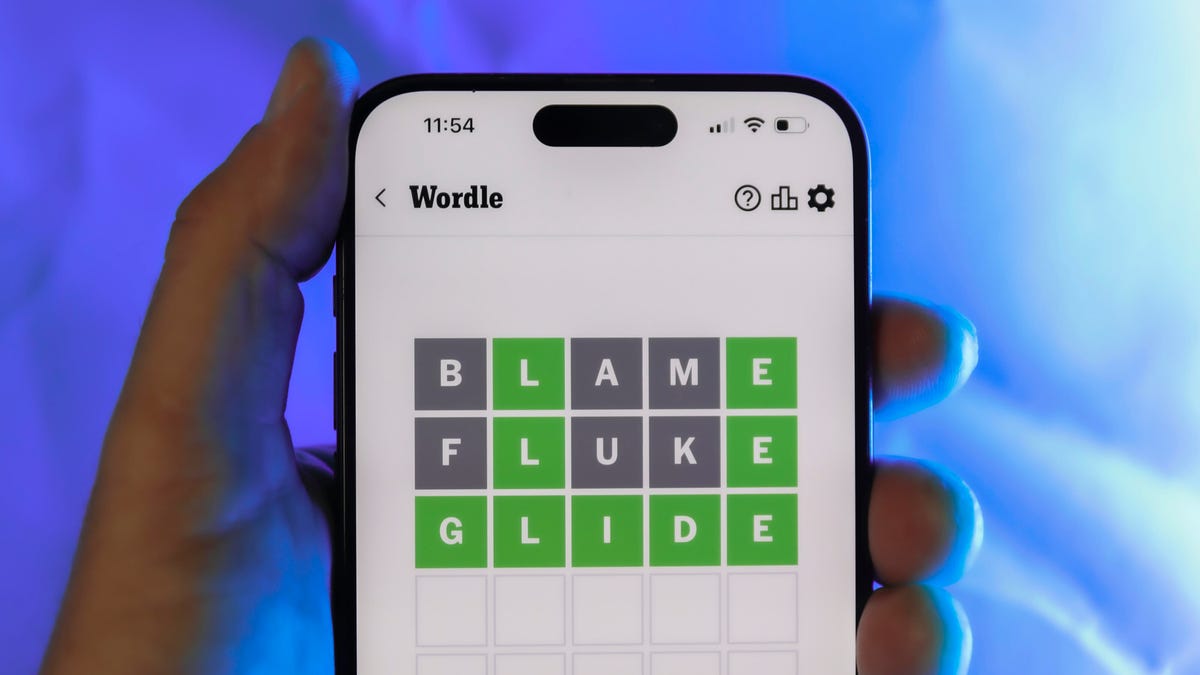Technologies
The Next Big Must-Have Phone Feature? DIY Repairability
We’re keeping our phones for longer, and we’re keen to get more life out of them still. It’s time for mobile makers to get with the program.

Performing a highly technical demonstration in front of a live audience of journalists is always a risky move on the part of a technology company. You can almost guarantee that tech will fail you at the very moment you need it to perform at its best.
But not this time. Nokia Product Marketing Chief Adam Ferguson made the brave and somewhat bold move of replacing the battery on one of the company’s three new budget phones live on camera, all while providing onlooking press with a running commentary of exactly what he was doing and why it’s so important.
Ferguson promised it would take him less than 5 minutes to complete the battery transplant, and though we can quibble over a few seconds either way, he fundamentally proved to be a man of his word.
«If someone like me — who isn’t particularly good with his hands, as you’ve probably seen from some of my shaky handling there — can do it while speaking to all of you, hopefully it demonstrates that absolutely anybody can,» he told us during the demo, which took place virtually, in the week preceding Mobile World Congress.
The Nokia G22, now awake following major surgery performed by an amateur in front of our eyes, is designed with repairability at its very core. Thanks to a partnership with tech repair company iFixit, owners of this phone, announced at MWC in Barcelona on Saturday, will be equipped with guides and support to fix their phones themselves when the time comes. All they’ll need is a guitar pick and a #00 screwdriver.
It puts Nokia, which isn’t even in the top five global smartphone brands, ahead of the game this week at the world’s biggest mobile show, where sustainability is a major theme. In the context of the global climate crisis, the problem of electronic waste has become an increasingly pressing concern for tech companies and for consumers. Ensuring the products we use have a long life and aren’t easily disposed of as soon as our battery starts to flop is a key step in reducing the environmental impact of our tech use.
«We’re seeing already that people are holding on to their phones for longer,» Steven Moore said in an interview during the lead-up to Mobile World Congress. Moore is head of climate action at mobile industry body GSMA, which hosts MWC. He said the average lifespan of a smartphone has already stretched from two to three years. Plus, he added, people are showing more interest in repairing their phones, and are open to purchasing refurbished models in the first place.
Nokia isn’t the first to do this. Since 2013, Fairphone, a Dutch social enterprise, has been focused on trying to make modular phones that have a smaller environmental footprint. Since last April, Apple has also been supporting people who want to take care of DIY fixes on their iPhones, through its Self Service Repair program.
But the difference right now is that DIY repairs are beginning to shift from being a niche perk to being an important headline feature of new phones. «As consumers increasingly demand more sustainable and longer-lasting devices, the ability to repair smartphones easily and affordably will become a key differentiator in the market,» Ben Wood, chief analyst at CCS Insight, said in a statement.
Nokia might not be the pioneer of the repairability trend, but it’s adopting the practice at a key time. This year at MWC sustainability is front and center, as companies across the mobile landscape strive to reduce their environmental impact in line with the GSMA’s goal of the mobile industry reaching net zero carbon emissions by 2050.
Any phone manufacturers who don’t come to the show this year with a well-rehearsed set of arguments for why they aren’t taking control of repairability options for their devices should be prepared to face criticism, Emma Mohr-McClune, chief analyst and practice lead at analysis firm Global Data, said in a statement.
«At present, operators are staying out of this argument, but at one point even operators will start demanding more choice in this regard,» she added.
With pressure mounting from consumers and from other areas of the mobile industry, it’ll be up to phone manufacturers to respond by making it easier to replace device parts such as batteries and screens, which often bear the brunt of long-term use. But it’s important that they don’t neglect software as part of this conversation either.
When OnePlus released the OnePlus 11 earlier this month, it extended its support period for up to four years of Android updates and an additional fifth year of security updates. Without the promise of long-term security updates such as this, an otherwise decent phone can become unusable.
Good future-proofing also doesn’t lessen the responsibility on phone makers to ensure devices are already as sustainable as possible before they even reach your hands.
According to Moore, 80% of the environmental footprint of a mobile phone has already happened before you take it out the box. «That really means that we need to consider the actual embodied emissions and environmental impact within the device,» he said.
The long-term vision for future phones, as laid out in a GSMA strategy paper released in November, is that one day our devices will be 100% recycled and recyclable, as well as made with 100% renewable energy.
«There’s no device at the moment that fits that description, but we’re already seeing really promising signs from some of the manufacturers on this,» Moore said. «There’s a lot that the industry can do [and] I think we’re just at the beginning.»
Technologies
Were You ‘Tricked’ Into an Amazon Prime Subscription? You Might Be Owed Part of a $2.5B Settlement
Consumers who were «tricked» into a Prime subscription and unable to cancel could see a payout. Here’s who qualifies, and how much you might receive.

Amazon used to make it easy to sign up for a Prime subscription — but very difficult to cancel. From tricky shipping options to Prime Video, plenty of customers wound up with a subscription they didn’t want, and now Amazon is paying the price. In September, the US Federal Trade Commission dropped a massive $2.5 billion settlement on the company for its deceptive subscription tactics.
This isn’t just a slap on the wrist. A whopping $1.5 billion is earmarked to refund eligible subscribers, with the rest serving as a civil penalty. Amazon is now legally required to provide a clear, obvious option to decline Prime, making it as easy to leave the service as it is to join.
Amazon isn’t admitting to any shady behavior. «Amazon and our executives have always followed the law, and this settlement allows us to move forward and focus on innovating for customers,» Mark Blafkin, Amazon senior manager, said in a statement. «We work incredibly hard to make it clear and simple for customers to both sign up or cancel their Prime membership, and to offer substantial value for our many millions of loyal Prime members around the world.»
Don’t miss any of our unbiased tech content and lab-based reviews. Add CNET as a preferred Google source.
Why did the FTC file a lawsuit against Amazon?
The FTC filed suit against Amazon, accusing the company of using «dark patterns» to nudge people into Prime subscriptions and then making it too hard to cancel. The FTC maintained Amazon was in violation of Section 5 of the FTC Act and the Restore Online Shoppers’ Confidence Act.
«Specifically, Amazon used manipulative, coercive or deceptive user-interface designs known as ‘dark patterns’ to trick consumers into enrolling in automatically renewing Prime subscriptions,» the FTC complaint stated.
Who’s eligible for Amazon’s payout?
Amazon’s legal settlement is limited to customers who enrolled in Amazon Prime between June 23, 2019, and June 23, 2025. It’s also restricted to customers who subscribed to Prime using a «challenged enrollment flow» or who enrolled in Prime through any method but were unsuccessful in canceling their memberships.
The FTC called out specific enrollment pages, including Prime Video enrollment, the Universal Prime Decision page, the Shipping Option Select page and the Single Page Checkout. To qualify for a payout, claimants must also not have used more than 10 Amazon Prime benefits in any 12-month period.
Customers who signed up via those challenged processes and did not use more than three Prime benefits within one year will be paid automatically by Amazon within 90 days. Other eligible Amazon customers will need to file a claim, after Dec. 23, and Amazon is required to send notices to those people within 30 days of making its automatic payments.
Customers who did not use a challenged sign-up process but instead were unable to cancel their memberships will also need to file claims for payment.
How big will the Amazon payments be?
Payouts to eligible Amazon claimants will be limited to a maximum of $51. That amount could be reduced depending on the number of Amazon Prime benefits you used while subscribed to the service. Those benefits include free two-day shipping, watching shows or movies on Prime Video or Whole Foods grocery discounts.
Customers who qualify for the payments should receive them by Dec. 24.Customers outside the US aren’t eligible for the payout.
Technologies
Today’s Wordle Hints, Answer and Help for Nov. 27, #1622
Here are hints and the answer for today’s Wordle for Nov. 27, No. 1,622.

Looking for the most recent Wordle answer? Click here for today’s Wordle hints, as well as our daily answers and hints for The New York Times Mini Crossword, Connections, Connections: Sports Edition and Strands puzzles.
Today’s Wordle puzzle is a little tricky. If you need a new starter word, check out our list of which letters show up the most in English words. If you need hints and the answer, read on.
Today’s Wordle hints
Before we show you today’s Wordle answer, we’ll give you some hints. If you don’t want a spoiler, look away now.
Wordle hint No. 1: Repeats
Today’s Wordle answer has no repeated letters.
Wordle hint No. 2: Vowels
Today’s Wordle answer has two vowels.
Wordle hint No. 3: First letter
Today’s Wordle answer begins with R.
Wordle hint No. 4: Last letter
Today’s Wordle answer ends with T.
Wordle hint No. 5: Meaning
Today’s Wordle answer can refer to sending money to pay for something.
TODAY’S WORDLE ANSWER
Today’s Wordle answer is REMIT.
Yesterday’s Wordle answer
Yesterday’s Wordle answer, Nov. 26, No. 1621 was HOVEL.
Recent Wordle answers
Nov. 22, No. 1617: THICK
Nov. 23, No. 1618: BUNNY
Nov. 24, No. 1619: DOUGH
Nov. 25, No. 1620: PLEAD
Technologies
Today’s NYT Connections Hints, Answers and Help for Nov. 27, #900
Here are some hints and the answers for the NYT Connections puzzle for Nov. 27, #900

Looking for the most recent Connections answers? Click here for today’s Connections hints, as well as our daily answers and hints for The New York Times Mini Crossword, Wordle, Connections: Sports Edition and Strands puzzles.
Today’s NYT Connections puzzle is kind of tough. The purple category relies on you to know the other games in the New York Times stable. (We feature answers to five of those games.) If you need help sorting them into groups, you’re in the right place. Read on for clues and today’s Connections answers.
The Times now has a Connections Bot, like the one for Wordle. Go there after you play to receive a numeric score and to have the program analyze your answers. Players who are registered with the Times Games section can now nerd out by following their progress, including the number of puzzles completed, win rate, number of times they nabbed a perfect score and their win streak.
Read more: Hints, Tips and Strategies to Help You Win at NYT Connections Every Time
Hints for today’s Connections groups
Here are four hints for the groupings in today’s Connections puzzle, ranked from the easiest yellow group to the tough (and sometimes bizarre) purple group.
Yellow group hint: Look out!
Green group hint: Store things here.
Blue group hint: In the shop.
Purple group hint: Some meta rhyming.
Answers for today’s Connections groups
Yellow group: Inundation.
Green group: Main folders in a computer.
Blue group: Woodworking tools.
Purple group: Rhymes for New York Times games.
Read more: Wordle Cheat Sheet: Here Are the Most Popular Letters Used in English Words
What are today’s Connections answers?
The yellow words in today’s Connections
The theme is inundation. The four answers are avalanche, outpouring, tidal wave and torrent.
The green words in today’s Connections
The theme is main folders in a computer. The four answers are desktop, documents, downloads and music.
The blue words in today’s Connections
The theme is woodworking tools. The four answers are drills, files, routers and saws.
The purple words in today’s Connections
The theme is rhymes for New York Times games. The four answers are confections (Connections), grands (Strands), hurdle (Wordle) and swelling sea (Spelling Bee).
Don’t miss any of our unbiased tech content and lab-based reviews. Add CNET as a preferred Google source.
-

 Technologies3 года ago
Technologies3 года agoTech Companies Need to Be Held Accountable for Security, Experts Say
-

 Technologies3 года ago
Technologies3 года agoBest Handheld Game Console in 2023
-

 Technologies3 года ago
Technologies3 года agoTighten Up Your VR Game With the Best Head Straps for Quest 2
-

 Technologies4 года ago
Technologies4 года agoBlack Friday 2021: The best deals on TVs, headphones, kitchenware, and more
-

 Technologies4 года ago
Technologies4 года agoVerum, Wickr and Threema: next generation secured messengers
-

 Technologies4 года ago
Technologies4 года agoGoogle to require vaccinations as Silicon Valley rethinks return-to-office policies
-

 Technologies4 года ago
Technologies4 года agoOlivia Harlan Dekker for Verum Messenger
-

 Technologies4 года ago
Technologies4 года agoiPhone 13 event: How to watch Apple’s big announcement tomorrow
